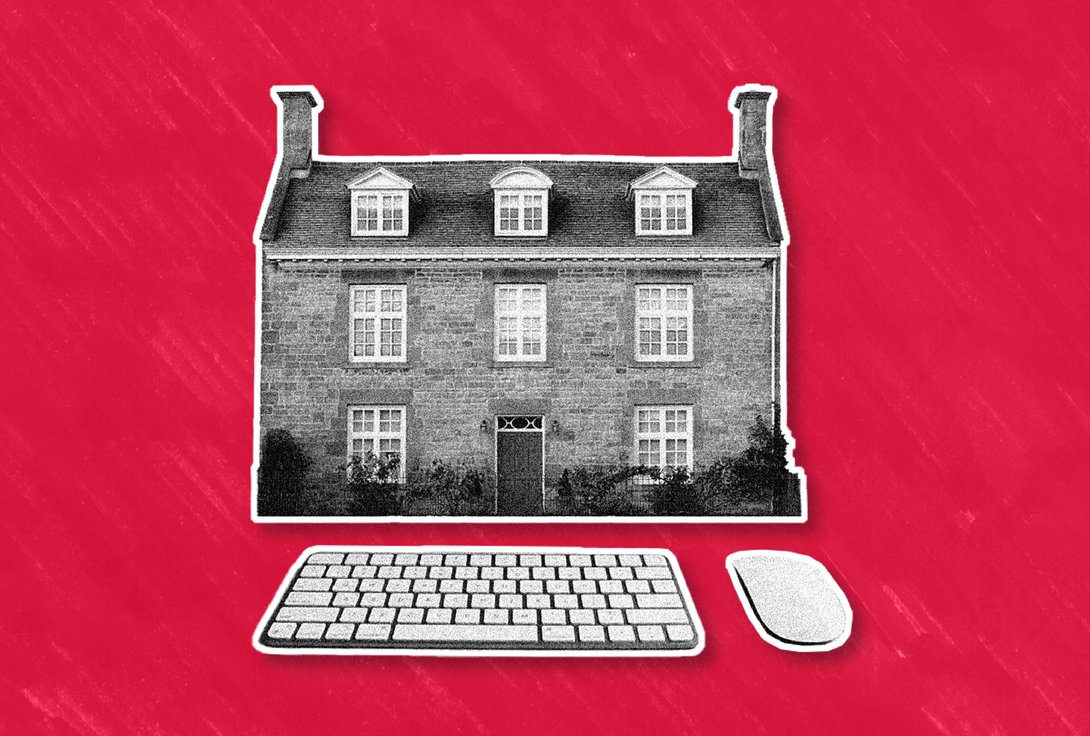10 Interesting plastic packaging alternatives
Avoiding plastic packaging? Here are our top packaging alternatives
Posted 23.04.27
Packaging is having a huge impact on our planet. We create more waste in the UK than we are capable of dealing with. As things stand,the majority of the materials that we use for packaging like plastic, glass and aluminium take years to biodegrade and require a lot of energy to produce.
But we needn’t despair, finding alternatives to plastic packaging has led to some pretty fascinating and ingenious solutions. From mushrooms to algae, scientists are discovering new ways of packaging our products, which have as little impact on the environment as possible.
So, what are the upcoming trends and innovations of plastic packaging alternatives?
But we needn’t despair, finding alternatives to plastic packaging has led to some pretty fascinating and ingenious solutions. From mushrooms to algae, scientists are discovering new ways of packaging our products, which have as little impact on the environment as possible.
So, what are the upcoming trends and innovations of plastic packaging alternatives?
Mycelium packaging
If you haven’t realised yet, Fungi are fucking amazing! Recent studies are uncovering more about these not-quite-plant, not-quite-animal beings and the results are dramatically changing the way we look at our environment. Mycelium is the part of the fungi that gathers nutrients, kind of like the root systems of plants. These mycelials form underground networks which allow trees to share vital resources like water, nitrogen and carbon and has thus been called the ‘Woodwide web’.
But recent innovations have shown that mycelium can even provide a solution to our packaging problem. Packaging providers are growing mycelium packaging in moulds. This packaging is thermally insulating, water resistant and biodegradable - ticking all the boxes for a strong plastic packaging alternative.
One brand working to incorporate mycelium packaging is Heackles a small cosmetics brand based in Margate. Heackles use natural ingredients from the sea to create nourishing products for their customers. Their dedication to sustainability has shown that even small businesses can opt for plastic packaging alternatives that are better for the environment.
Seaweed plastic
Single use plastic packaging presents us with two major problems. The first and most obvious is that it isn’t biodegradable and so creates a huge amount of waste and pollution. BUT another problem commonly associated with plastic packaging is that it has a tendency for products to produce condensation and become moist on the inside. Although food remains fresher for longer in plastic packaging, products still start to get mouldy relatively quickly. This does not happen with seaweed packaging so hypothetically, food should stay fresher for longer.
Although research on seaweed packaging is still being carried out, there are already examples of its use. The London Marathon used Oohoo’s Seaweed bubbles to keep their runners hydrated. The bubbles are filled with water and their outer membrane is created using edible seaweed. Biting into the membrane releases the water and you can either eat the surrounding seaweed or throw it away. It only takes a few weeks to biodegrade.
Kelpi is another company that is using seaweed as an answer to plastic packaging, already under the way are poly bags, hot food trays and beverage bottles. However the one product we find most interesting at the moment is the polythene wrap. This could be an amazing alternative to plastic wrapped palettes in disruption.
If that wasn’t enough, seaweed also doesn’t need fresh water, land or fertiliser to grow. Sounds like a no brainer.
Paper bottles
When we heard about paper wine bottles the first thing that came to mind was red wine oozing everywhere like a scene from a nightmarish splatter film from the 80s. But we were so very wrong. Some wines and spirits have already started replacing glass bottles with paper bottles. The English Vine claims to be the first wine company in England to do so and the results have been nowhere near as disastrous as we originally thought. Quite the opposite actually.
As far as alternatives for glass or plastic packaging go, paper bottles not only reduce the use of glass, but have a big impact on emissions for suppliers too. Their bottles are five times lighter than glass. It’s not surprising then that their carbon footprint is over 80% lower than their glass counterparts!
A number of toiletry companies have also started to release shower products in paper bottles. Seed, an offshoot from the brand L’Oreal, is a great example of this. The bottle is created using recycled paper and an inner plastic lining. Although not completely plastic free the bottle uses 60% less plastic than the average shampoo bottle and they last well even in wet conditions!
Edible six-pack ring
We’ve all seen those videos of sea birds and other marine life getting stuck in plastic beer rings. It is a truly horrible thing to see. Saltwater Brewery have come up with an ingenious idea which means we may never have to see those videos again. They have created beer rings which feed fish instead of finishing them off. Their beer rings are made from barley and wheat byproducts that are left over from the brewing process. They are safe for sea creatures to ingest and if they’re already stuffed from all the anchovies, algae or sea grass that they’ve eaten then the beer rings are also 100% biodegradable and compostable.
Seen as these rings were created by a brewery the rings are currently used for beer, but there is no reason that these rings couldn’t be used for other tinned products like fizzy drinks and canned food. Saltwater Brewery have opened up a whole world of possibilities for all sorts of different industries looking for plastic packaging alternatives.
Olive pits
Spain is one of the biggest olive producers and consumers in the world. It is no wonder then that Spanish researchers managed to find a way to use discarded olive pits to create a new plastic called Oliplast. So far this plastic can be used for trays, bottle caps and small plates. More research is still being done on other uses and the material’s compostability, but soon our food might come in packing made from leftover pits. What a time to be Olive!
Bagasse
Globally, we produce over one billion tons of sugarcane every year! The creation of sugarcane creates a byproduct called bagasse which is a pulpy straw like material left over from the juicing process. This material creates an alternative to cardboard. It can be recycled alongside cardboard and is also compostable, decomposing within between 30 - 90 days. What’s more, as sugarcane is growing it captures atmospheric carbon and removes harmful greenhouse gases from the air. In recent years this material has been used by some to replace single use plastics and cardboards like plates, bowls and takeaway boxes.
Stone paper
Stone paper has a bunch of unbelievable qualities that make it perfect for all types of packaging. Stone paper uses chalk instead of wood pulp which is usually needed to make paper. Chalk is one of the most abundant natural substances on the planet and currently the materials used for stone paper production most often come from the waste left over by the mining and construction industries. Unlike with conventional paper, the production process for stone paper doesn’t involve the use of any bleaches or other chemicals. It is waterproof, tear proof, grease proof and you won’t believe this… fire proof. On top of all of this stone paper is actually also photodegradeable and will degrade under sunlight in just 14 to 18 months. Now that rocks!
Cornstarch
Cornstarch has presented a unique alternative to polystyrene packaging. Instead of using petroleum, the materials required to make cornstarch packaging are sustainable, renewable and easy to grow. These cornstarch products can be used to replace plastic bags and also polystyrene loose fill packaging. When disposed of correctly in a proper composting facility (not a landfill site) the material can decompose within a few months. It will not break down into microplastics that cute fluffy animals will consume, or end up strewn across our beautiful beaches, or disrupt ecosystems on the seabed. It may sound ‘corny’ but we truly believe that packaging like this could really help to save the planet.
Conclusion
Although many of these alternatives to plastic packaging are still very new, some pioneering brands have taken the dive and adopted them for their own packaging. These efforts aren’t just about creating a good public image anymore. Consumers are starting to care more and more about what brands are doing to help solve the climate crisis. Brands that have made sacrifices and commitments in order to limit their impact on the environment appeal to an audience that is becoming more and more environmentally conscious.
Do you need some help with your packaging? Get in touch with us today. We’d love to chat with you.


